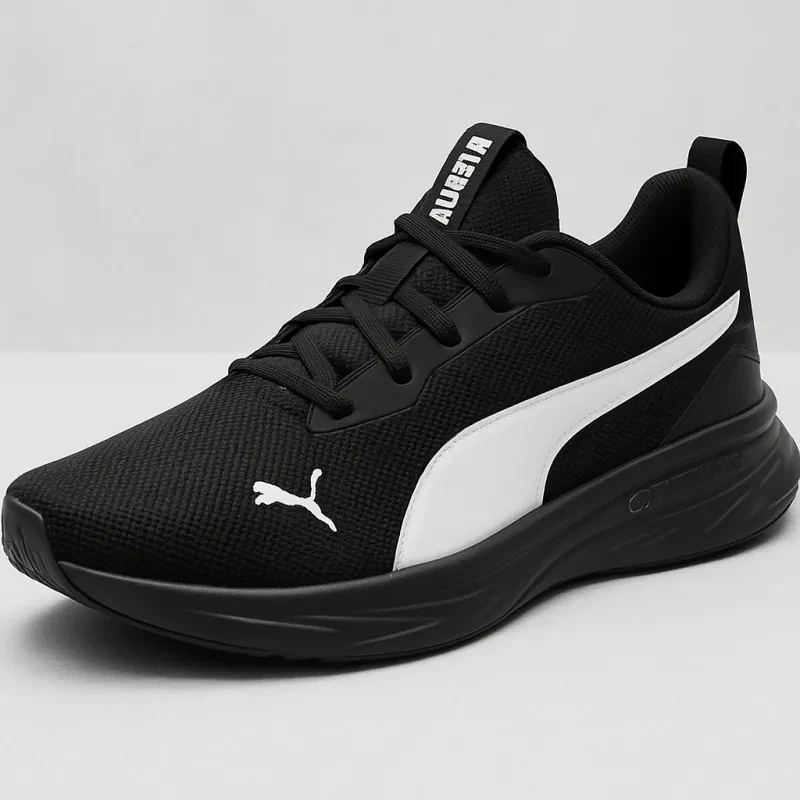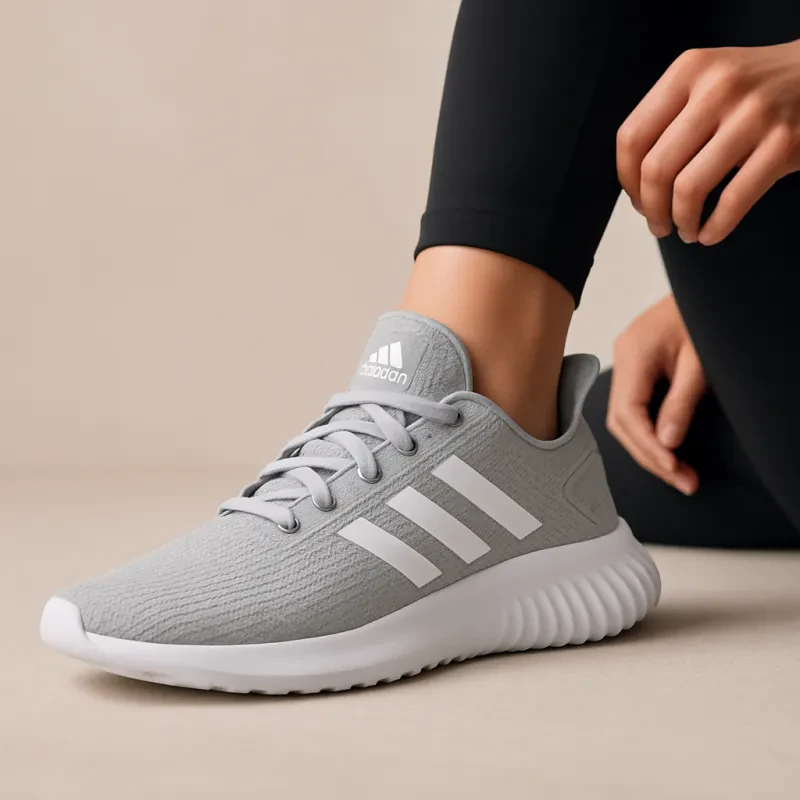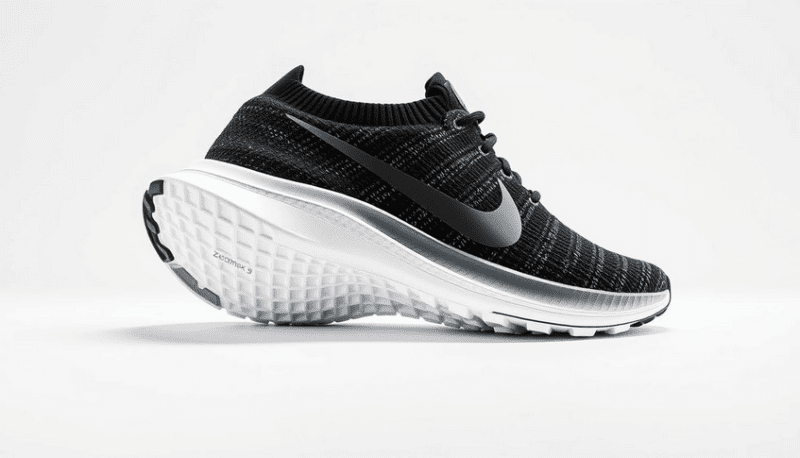Beach running is not just a fantastic workout but also a unique way to explore different terrains. Understanding the various types of beach terrain is crucial for anyone looking to master beach running in different climates. From soft sand to rocky shorelines, each surface can dramatically impact your running experience.
The most common terrain you’ll encounter is soft, dry sand. This type of sand may feel challenging at first, as it can make your legs work harder to maintain speed and form. However, running on soft sand is an excellent way to build strength and endurance. Additionally, the squishy surface can help absorb impact, reducing the risk of injury. If you're tackling this terrain, remember to shorten your stride and keep your feet light to maintain balance.
On the other end of the spectrum is packed wet sand, usually found closer to the waterline. This surface provides a more stable base for running, making it easier to sprint or maintain a steady pace. It’s often cooler and less demanding on the joints, making it an appealing option for beach running in different climates. As you run along the water's edge, the rhythm of the waves can also add a calming element to your workout.
You may sometimes encounter rocky or uneven shorelines, which present challenges. These areas require heightened focus and agility, as you need to navigate obstacles safely. Running on a rocky beach can engage different muscle groups and enhance coordination. When running in such terrain, choose shoes with solid traction to help prevent slips and falls.
Adapting to Hot Weather Running
Adapting to hot weather is crucial for both performance and safety when it comes to beach running in different climates. The rising temperatures and sunny conditions can present unique challenges, but with the right strategies, you can enjoy your run without feeling overwhelmed by the heat. Here are some tips to help you maximize your beach running experience in warmer weather.
First and foremost, hydration is key. Always start your run well-hydrated, and consider carrying water with you or planning your route to include access to water stations. On extremely hot days, try to run during the cooler parts of the day, such as early morning or late evening. This not only helps you avoid the peak heat but also allows you to enjoy the beautiful beach scenery in softer sunlight.
Dress appropriately for your beach runs. Light-colored, moisture-wicking fabrics can significantly help regulate your body temperature. A wide-brimmed hat and UV-blocking sunglasses will also help protect you from the sun’s harsh rays, making beach running in different climates more enjoyable. Additionally, consider applying sweat-resistant sunscreen to exposed skin to prevent sunburn.
It's also beneficial to adjust your running pace to match the heat. Listen to your body and be mindful of how you feel during your run. Slowing down, taking more frequent breaks, or incorporating walk intervals can help you maintain your stamina and prevent overheating. Remember, the goal is to enjoy your run while staying safe and healthy, especially when tackling beach running in different climates.
Tackling Cold and Windy Beach Runs
Cold and windy conditions can present unique challenges when it comes to beach running in different climates. However, you can turn these conditions into a refreshing experience with the right preparation and mindset. A little chill in the air and a gusty breeze can make your run more refreshing if you come equipped with the right gear and strategies.
First and foremost, layering is your best friend. Start with a moisture-wicking base layer to keep sweat away from your skin. Follow that with an insulating mid-layer, like a lightweight fleece, to retain body heat while not adding too much bulk. Finally, a windbreaker can shield you from the elements without weighing you down. Don’t forget about your extremities; a good pair of running gloves and a lightweight hat can significantly affect your comfort level.
Another key factor to consider is your running route. If the beach is particularly windy, pay attention to the direction of the wind. Start your run into the wind, allowing you to warm up on the way out, and enjoy a more comfortable experience on your way back. The added challenge of running against the wind can also help build strength and endurance, which is beneficial for all forms of beach running in different climates.
Lastly, pay attention to the sand. Cold and windy conditions can change the texture of the sand, making it harder to run on. Opt for packed sand close to the waterline for greater stability, and be mindful of any changing tides. This will help you maintain your pace and make your workout more enjoyable as you navigate the different aspects of beach running in different climates.
Essential Gear for All Beach Conditions
Having the right gear can significantly improve your beach running experience in different climates. Whether you’re running on a hot sunny day or in cooler, windy conditions, being prepared ensures you stay comfortable and safe. Here are some essential items to consider packing for your beach running adventures.
First and foremost, choosing the right footwear is crucial. Look for lightweight, breathable running shoes with good grip. Some runners prefer specialized beach shoes or sandals that drain water and provide better traction on wet sand. This footwear will help you maintain your footing while allowing for natural movement, making it easier to tackle varying beach conditions.
Next, consider what you wear on your body. Lightweight, moisture-wicking clothing can help keep you cool during hot weather. Layering with a breathable long-sleeve top and lightweight jacket can protect you from wind and sudden temperature changes in cooler climates. It’s also wise to opt for clothing with UV protection, as you will be exposed to the sun's rays, especially during mid-day runs.
Don’t forget to bring along accessories to enhance your beach running experience. A good pair of sunglasses will protect your eyes from glare, while a hat can help shield your face from the sun. Hydration is key in all weather; using a handheld water bottle or hydration pack ensures you stay hydrated, no matter the climate. By equipping yourself with these essential items, you'll be well on your way to mastering beach running in different climates.
DISCLAIMER
This document is provided for general information purposes only and should not be relied upon as providing legal advice, technical, or specific operational guidance to the reader, whether as to the practices described in the document or the applicable legal requirements and regulations. SAVE ON SNEAKS expressly disclaims any responsibility for liability arising from or related to the use or misuse of any information in this document.






